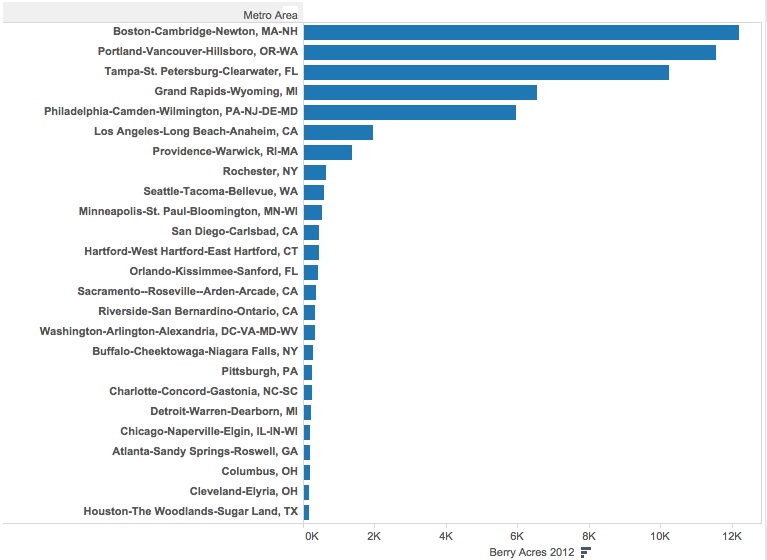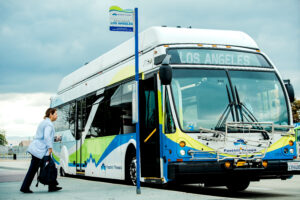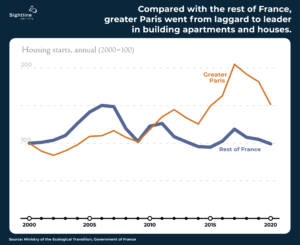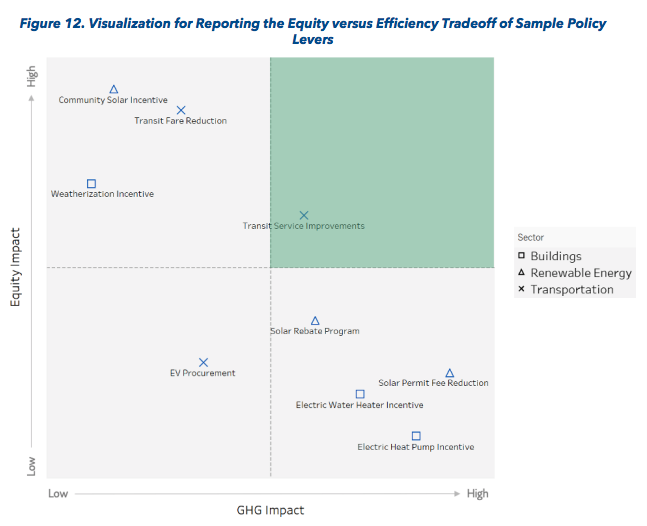What City Observatory did this week
America’s berry best cities. It’s the height of the summer fruit season and berries are ripening across the country. Nothing beats a fresh local berry in season. We’ve ranked the nation’s most populous metro areas based on their commercial production of all kinds of berries: cranberries, raspberries, strawberries, blackberries and blueberries. The berry-best metros by our measure include Boston, Portland and Tampa. Here’s the complete list of the 25 metros with the most planted berries.
Berries are more than just a seasonal diversion: they’re marker of the kind of distinctive local products and experiences that enrich city living. We quote both Paul Krugman and Jane Jacobs, who wax poetic about how the spatial and the seasonal variations in experiences influence our well-being and the wealth of cities.
Must read
1. Are battery buses ready for Primetime? Nearly all of the nation’s transit buses run on diesel fuel. Ultimately, the climate friendly solution to transit will be to electrify, and a few transit systems have been rolling out battery electric buses, with mixed results. Are these just temporary teething problems of a new technology, or symptomatic of long term weaknesses? Vice’s Aaron Gordon looks at the experience of Foothills Transit in Los Angeles, which has been operating battery buses for more than a decade. The big question going forward is whether the problems that have cropped up can be fixed soon enough to help make a difference to the climate crisis.
2. Paris as a paragon of housing affordability? Sightline’s Alan Durning is currently writing a series of articles called “Winning Housing Abundance.” Paris takes the stage in his most recent piece. Why? Their remarkable fight out of a housing shortage. Before 2008, Paris was a lot like other Western countries. Their big cities were in residential lockdown and stark social divisions could be seen across neighborhoods. After 2008, something different happened in Paris – they built houses, and lots of them. In this article, Durning explores how France did such a tremendous job growing the housing stock in Greater Paris and the lessons we can learn from their policies. Strong national leadership, effective rental support and social welfare, and quasi-public developers helped the country succeed in supplying homes. There was a housing transformation started by strong, inspired political leaders. Every neighborhood in Paris was pushed to do its part, and they provided. As a result, legitimate growth occurred across the entire metro area. Durning leaves readers with one lasting question, “If Paris could do it, why not we?”
3. Malls to apartments? It’s happening in Salem, Oregon. As we all know, between the pandemic and the growth of e-commerce, it’s been a tough time for retail. Many chain stores and malls have gone dark over the past few years, leaving unused property and parking lots. At the same time, the housing market has gotten tighter. The obvious opportunity would seem to be converting vacant stores into apartments. That’s exactly what seems to be slated for downtown Salem, Oregon, where a former Nordstrom store is going to be re-developed into 160 apartments. If it makes sense in a mid-sized city, perhaps there are many more such opportunities in the nation’s larger metros?
New Knowledge
Evaluating equity and effectiveness of climate change strategies. Many cities around the country are pursuing climate change strategies, and increasingly, there are calls for such strategies to be implemented in an “equitable” fashion. The trouble is that equity, like beauty, tends to be subjectively defined and be in the eye of the beholder. A new paper from the Harvard Kennedy School of Government offers some practical advice on how to evaluate various investment alternatives both for their impact on climate and equity.
In 2020, Denver voters approved a sales tax increase dedicated about $30 to $40 million annually to fighting climate change, and directing that monies be spent to pursue equity in the community. (We’ll set aside for a moment a question the author’s sidestep: whether a sales tax (generally regressive) is a sensible way to fund a climate initiative, especially compared to pricing carbon emissions, parking, or driving).
As the authors point out, individual investments tend to vary in their effectiveness and equity components. While there are some investments that admirably meet both objectives, more commonly there’s a tradeoff between equity and efficiency. They depict this tradeoff as follows:
Perhaps the paper’s most salient bit of advice is that the evaluation should be done more on a portfolio than on an investment-by-investment basis. Not every single project will equally advance equity and climate goals. The objective should be to construct a portfolio that maximizes both, in all likelihood with a diverse array of options.
When building such a policy portfolio, it is important to note that not every program has to be “win-win” in terms of equity and GHG impact, but rather CASR should consider the aggregate climate and equity impact from an entire suite of policy options.
Integrating equity considerations into climate planning has produced many bold pronouncements, but few carefully thought out methodologies. This is one that’s worth a close look.





